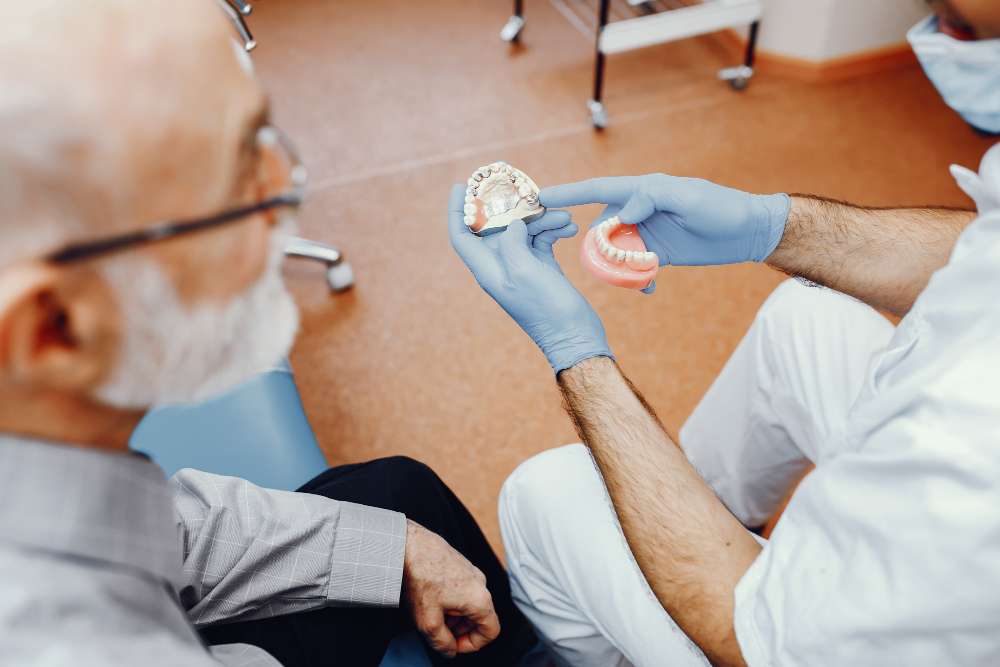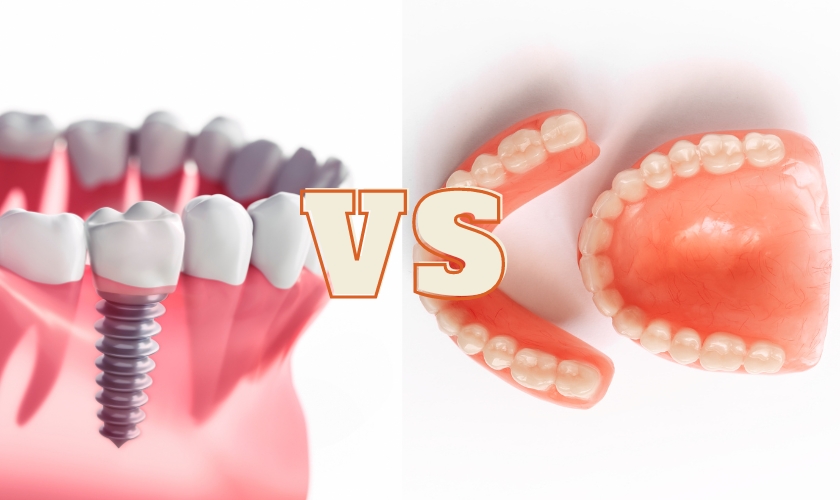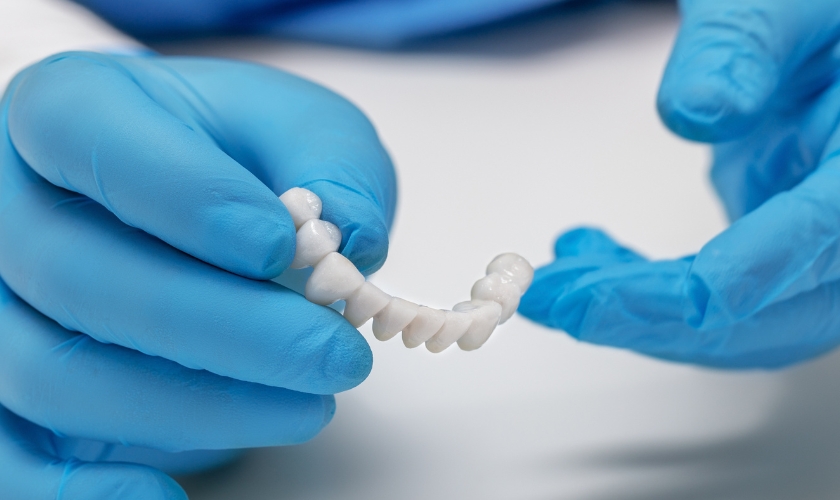
Understanding The Process Of Getting A Fixed Bridge
Are you tired of dealing with gaps in your smile, making eating and speaking difficult? If so, a fixed bridge may be the solution you’ve been searching for. A fixed bridge is a dental restoration that can replace one or more missing teeth, giving you back your confidence and restoring functionality to your mouth. In this comprehensive guide, we’ll walk you through everything you need to know about getting a fixed bridge – from what it is and how it’s placed to who makes an ideal candidate and how long it can last. So, let’s dive in and explore the world of fixed bridges!
What Is A Fixed Bridge?
A fixed bridge is a dental restoration that replaces one or more missing teeth. It consists of two main components: the pontics, which are the artificial teeth that fill in the gaps, and the abutment teeth, which are healthy natural teeth on either side of the gap that serve as anchors for the bridge. The pontics are custom-made to match your natural teeth in size, shape, and color, ensuring a seamless blend with your smile.
The placement of a fixed bridge requires some preparation work. First, the abutment teeth must be prepared by removing a small portion of their enamel to make room for crowns that will hold the pontics in place. Impressions of your mouth will then be taken and sent to a dental laboratory where skilled technicians will create your customized bridge.
Once ready, your dentist will carefully fit and cement the bridge onto your prepared abutment teeth using strong adhesive materials. This process ensures stability and durability so you can enjoy normal eating and speaking without worrying about movement or discomfort.
What Are The Benefits Of A Fixed Bridge?
The benefits of a fixed bridge are numerous and can greatly improve the quality of your life.
Regain Full Function Of Teeth: A fixed bridge helps restore your ability to chew and speak properly. Missing teeth can make it difficult to bite down on food or pronounce certain words correctly and effectively. With a fixed bridge, you can regain full functionality in these areas.
Improved Appearance: Additionally, a fixed bridge improves the appearance of your smile by filling in gaps left by missing teeth. This can give you more confidence and boost your self-esteem.
Proper Alignment: Getting a fixed bridge can help maintain the alignment of your remaining natural teeth. When there is a space due to missing teeth, surrounding teeth may shift over time. A fixed bridge prevents this from happening and keeps all your teeth in their proper positions.
Convenience: Moreover, compared to other tooth replacement options, such as removable dentures or dental implants, a fixed bridge offers convenience and ease of maintenance. Once placed, you care for it as you would with natural teeth through regular brushing and flossing.
How Is A Fixed Bridge Placed?
Placing a fixed bridge is a complex process that requires skill and precision. It typically involves several steps to ensure the bridge fits securely and functions properly. First, the dentist will carefully prepare the abutment teeth, the adjacent teeth on either side of the gap where the missing tooth or teeth are located. This involves removing a small amount of enamel to create space for the bridge to fit comfortably.
Next, impressions or digital scans of your mouth are taken to make an accurate mold. This mold is a blueprint for creating your custom-made bridge in a dental lab. While waiting for your permanent bridge to be fabricated, you may be fitted with a temporary bridge to protect your prepared teeth and maintain aesthetics.
Once ready, your new fixed bridge will be checked for fit, color match, and overall appearance. The dentist will then use special dental cement or adhesive to bond it firmly into place on top of the prepared abutment teeth.
Who Is A Good Candidate For A Fixed Bridge?
Who is a good candidate for getting a fixed bridge? This is an important question when exploring dental options for missing teeth. A fixed bridge can be an excellent solution for many individuals but may not be suitable for everyone. Someone with one or more missing teeth who wants to restore their smile and improve chewing function could be a good candidate. It can fill the gap left by missing teeth, providing aesthetic and functional benefits.
Individuals with healthy adjacent teeth are often ideal candidates. The success of a fixed bridge relies on the support of surrounding natural teeth. These neighboring teeth must be strong enough to provide stability and support for the bridge. Furthermore, patients who have good oral health habits, such as regular brushing, flossing, and dental check-ups, may also make good candidates. Maintaining proper oral hygiene is crucial in ensuring the longevity of the fixed bridge.
How Long Does A Fixed Bridge Last?
How long can you expect your fixed bridge to last? This is a common question that many people have when considering this dental restoration option. The good news is that it can last for many years with proper care and maintenance. The lifespan of a fixed bridge can vary depending on several factors. One important factor is the material used to create the bridge. Bridges made from high-quality materials, such as porcelain or zirconia, are known for their durability and longevity.
Another factor that can affect the lifespan of a fixed bridge is how well it is cared for. Practicing good oral hygiene habits, including brushing twice daily and flossing regularly, is important to keep your bridge clean and free from plaque buildup. Additionally, regular visits to your dentist for check-ups and cleanings are crucial in ensuring the health and longevity of your bridge.
A fixed bridge is a great way to restore the appearance and function of your smile when you have missing teeth. Getting a fixed bridge can be lengthy, as it involves several steps, from getting impressions made to setting the bridge with cement. However, by understanding each step in this process, you will know what to expect and feel more confident throughout treatment. With proper care and maintenance, it should last many years!






